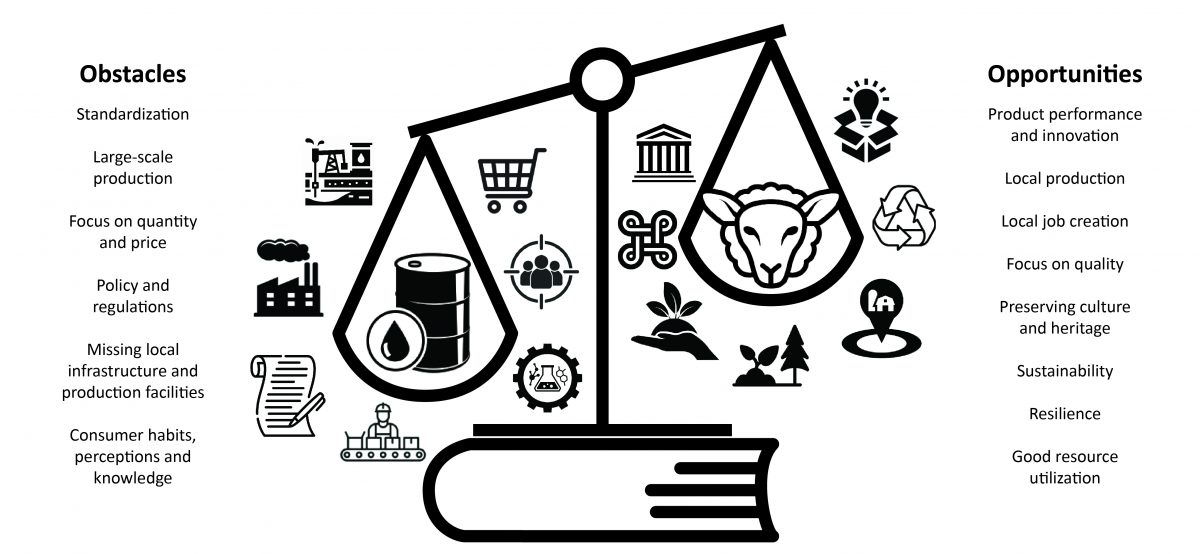The devaluation of stockings
Authors: Tone Rasch, Ingrid Haugsrud, Kirsi Laitala and Atle Wehn Hegnes
Abstract
Consumer practices related to how we use and take care of products have changed throughout history. Especially within clothing consumption, the changes have accelerated in the Twentieth Century. In this paper, we use thin nylon stockings for women as an example product to see how their value, use, care, and lifetimes have evolved. The material is based on a literature review on nylon stockings from 1940 to today, accompanied by an analysis of consumers’ written narratives from 1990 where people were asked to describe their use and memories of stockings and pantyhose. Our contemporary data is based on consumer focus groups on product lifetimes and plastic materials conducted in 2021 and 2022. The tight-fitting nylon stockings for women were launched around World War II by the American company DuPont. Cheap nylon substituted luxurious silk stockings and increased their popularity throughout the 1950s and 1960s. Around 1970, synthetic substances were devalued when fashion changed from elegance to more casual styles, and the political opposition to plastic as environmental damage and a symbol of the established society permeated the growing youth culture. Consequently, nylon stockings went out of fashion. Today, thin pantyhose is seen as disposable consumables with low value. Thin stockings represent a good example of how we value and take care of delicate items has a significant contribution to their lifetimes. Looking into the historical context is beneficial for learning about the points in time when changes occurred and how they contribute to consumer practices.
Click here to download and read the full article.
Click here to download and read the full conference proceedings (aalto.fi)
